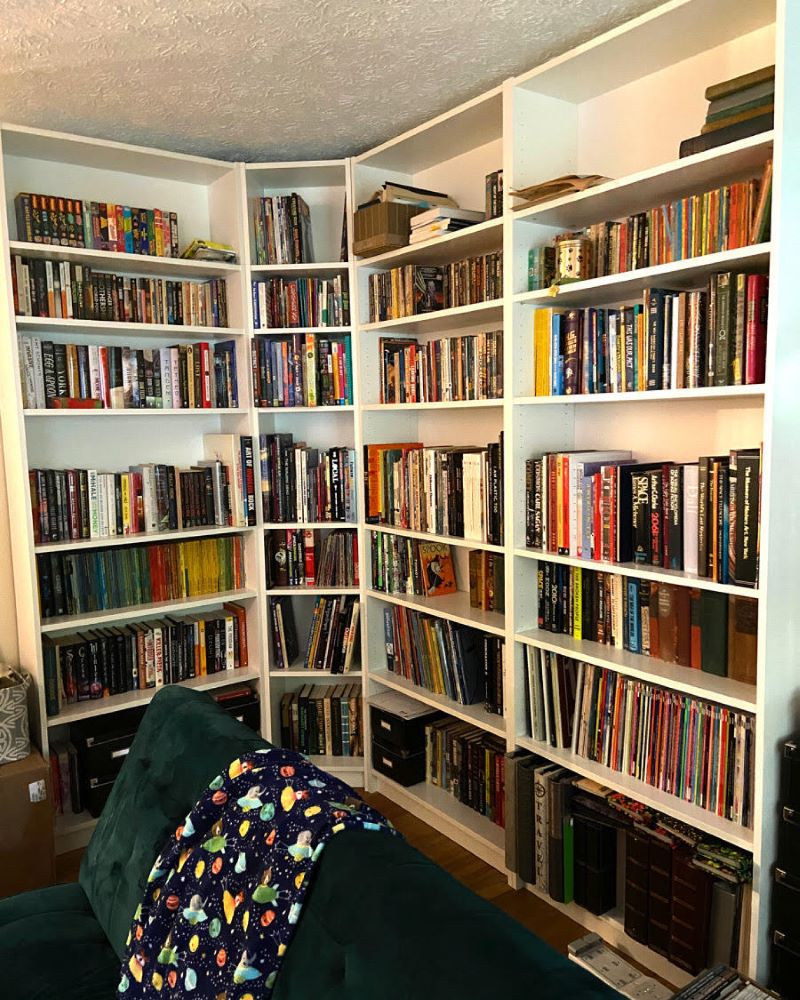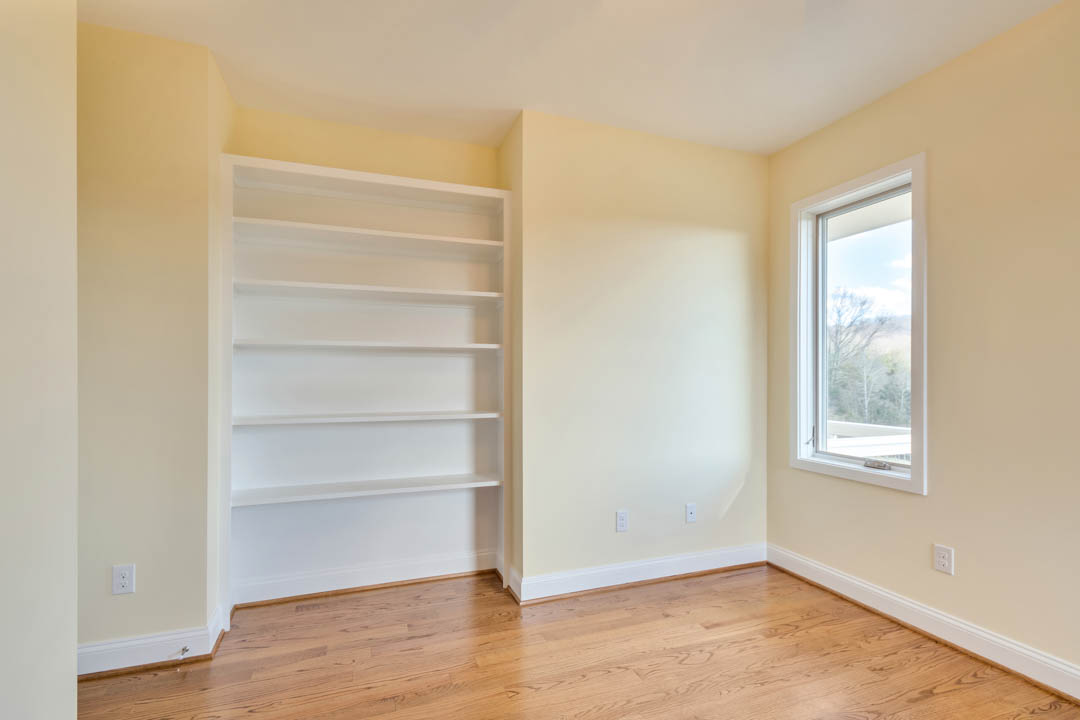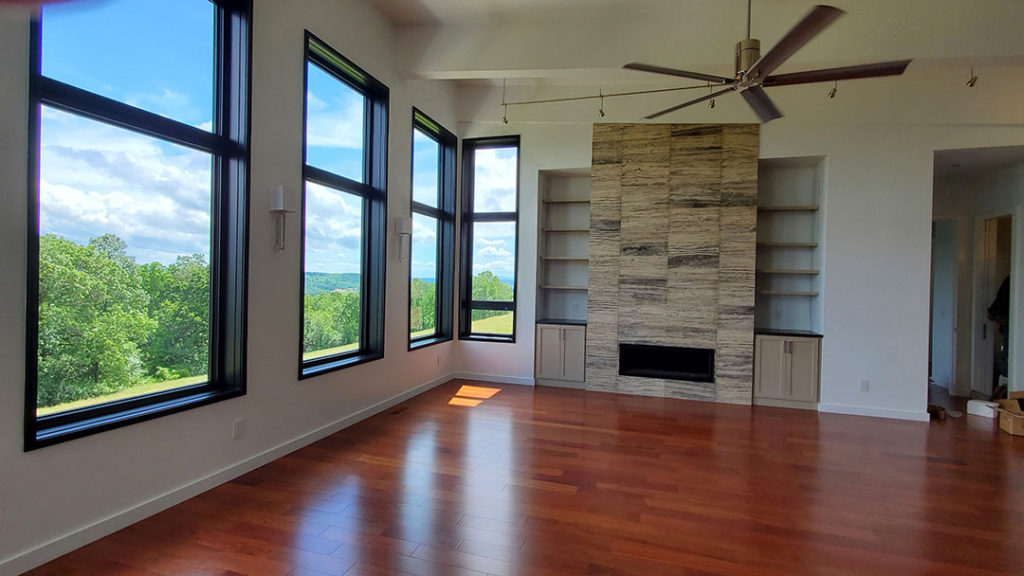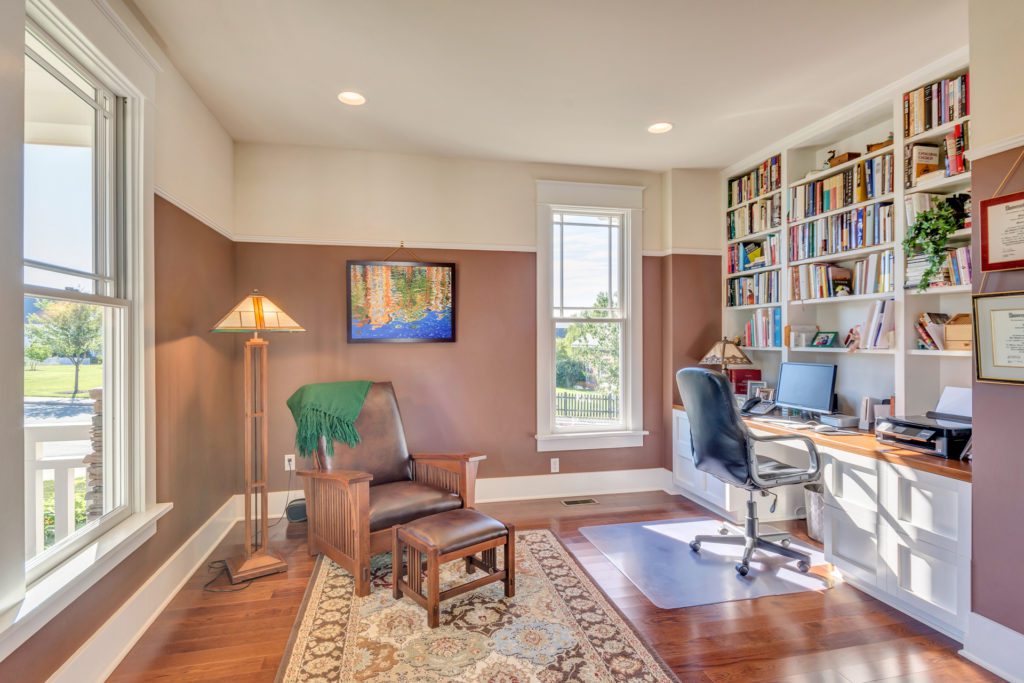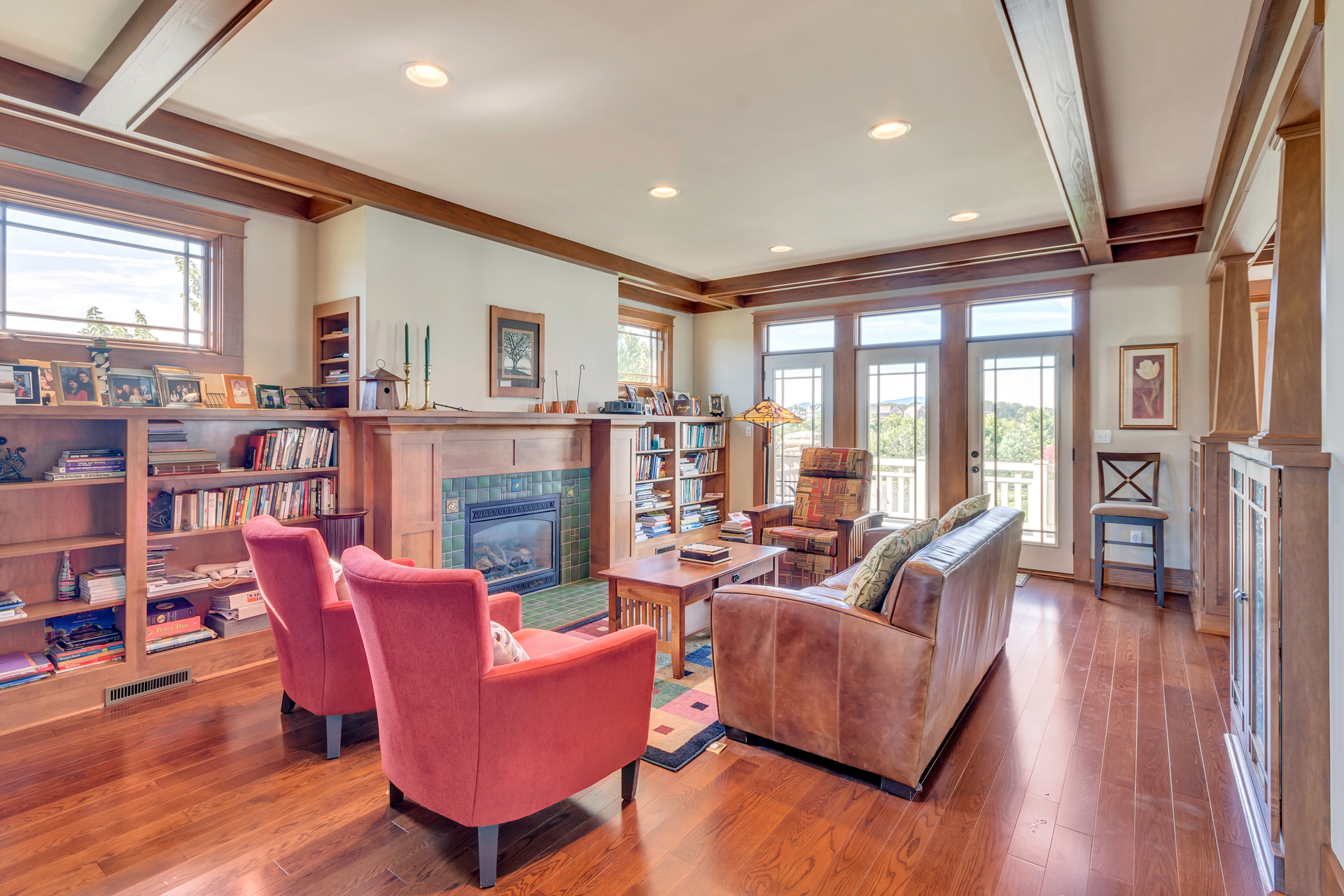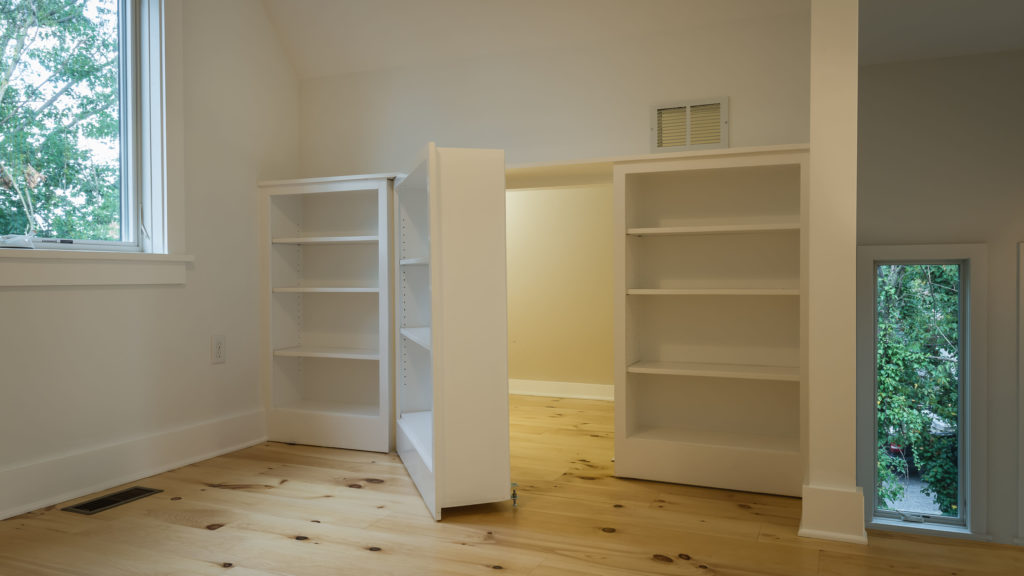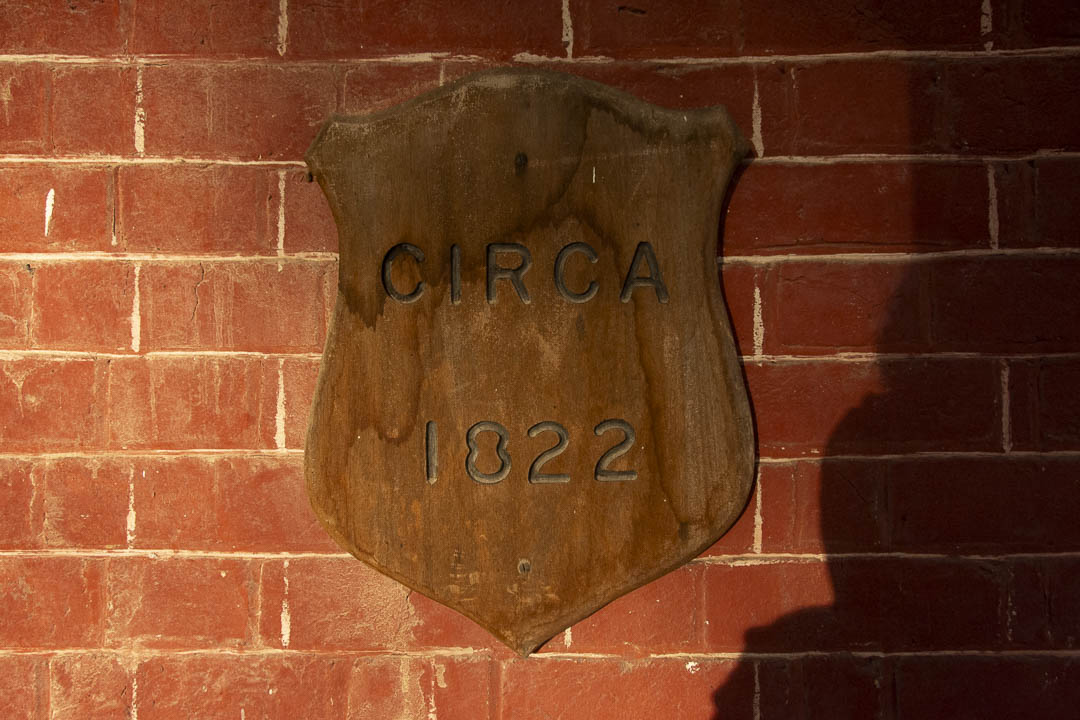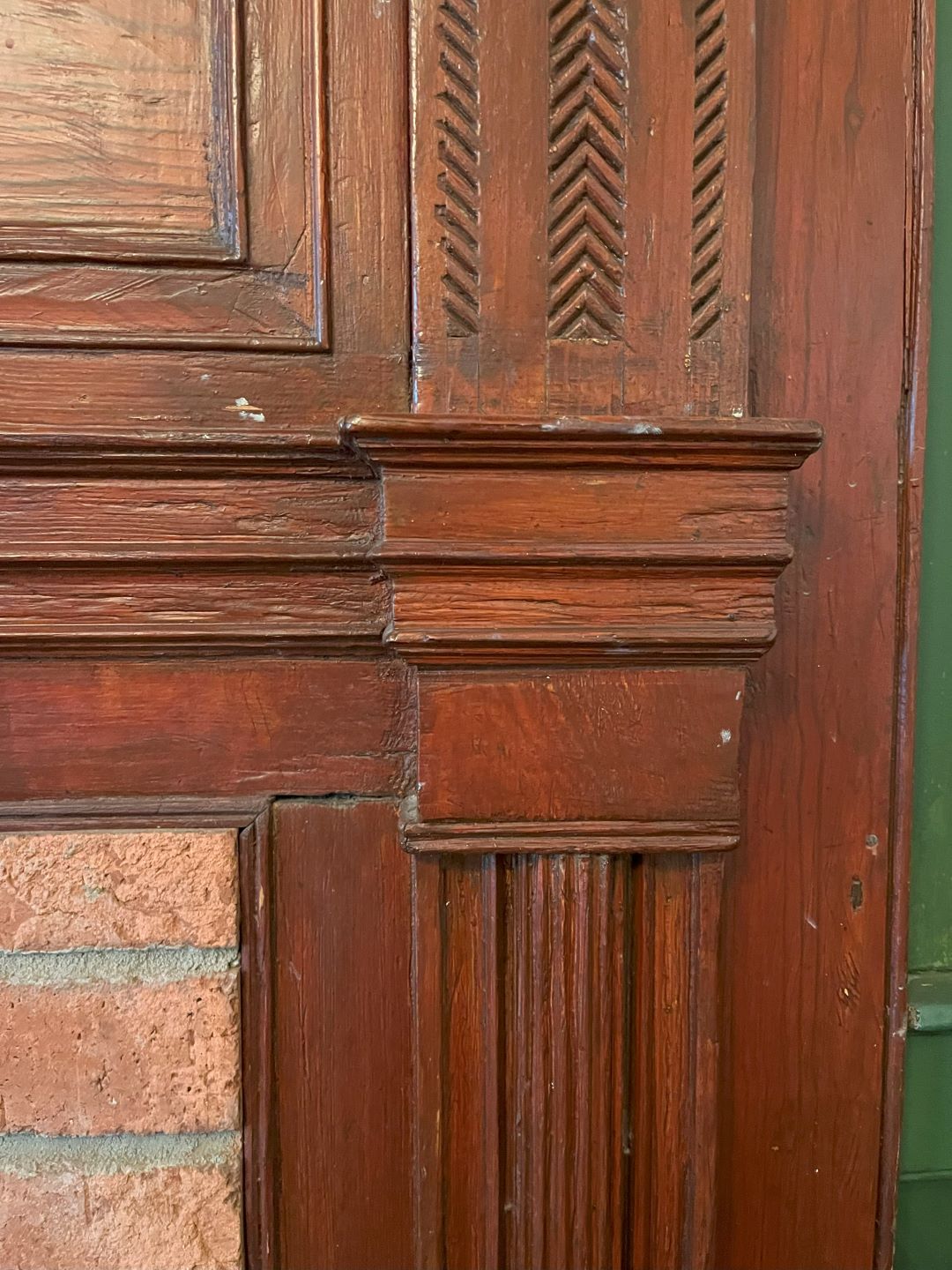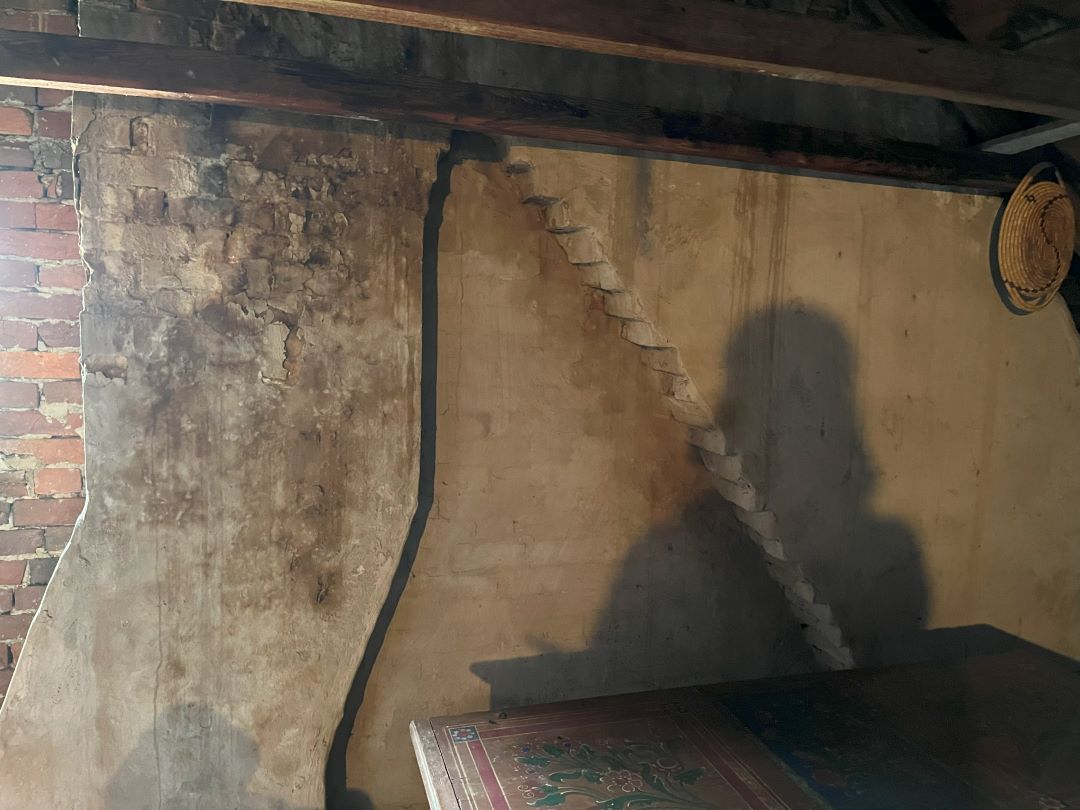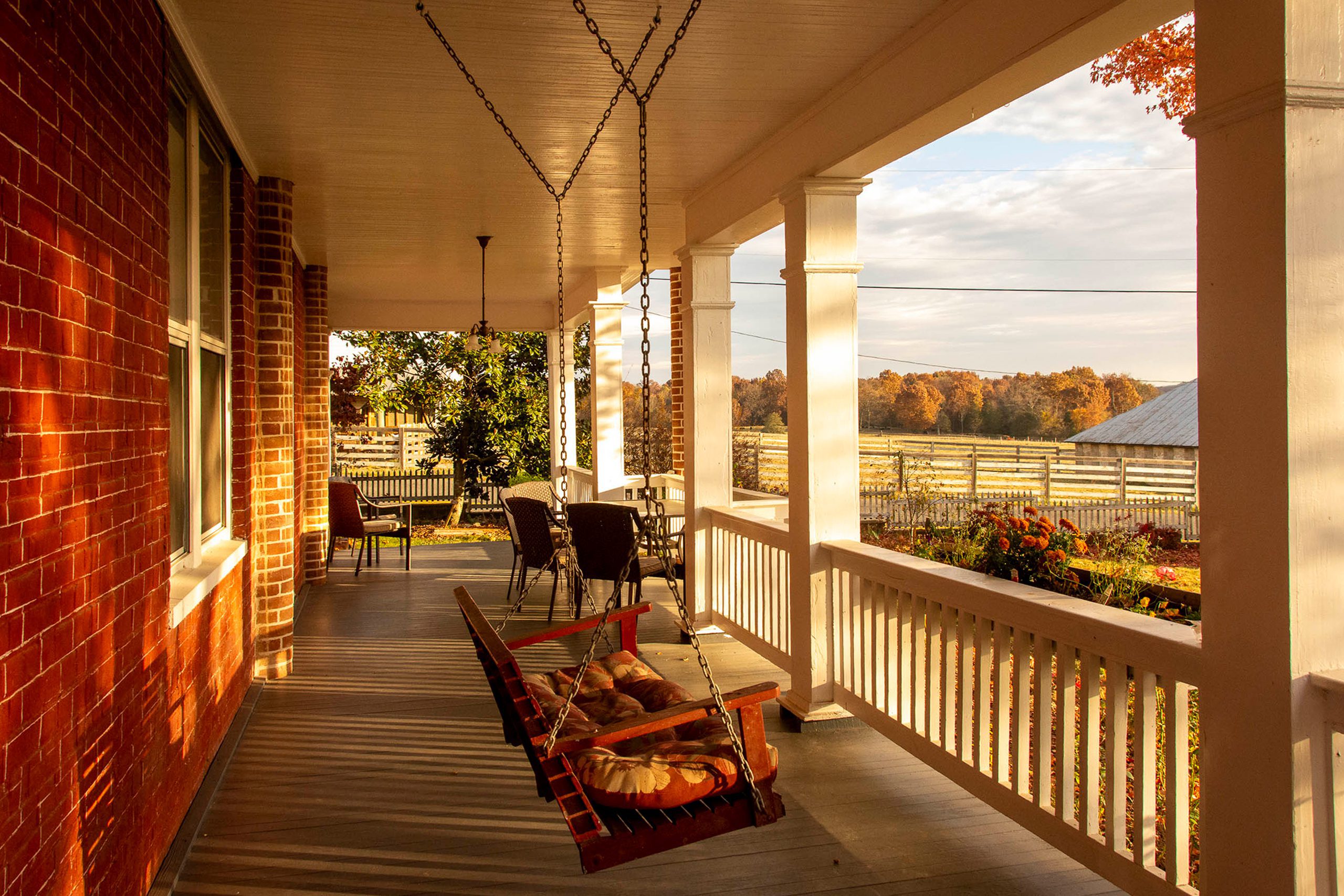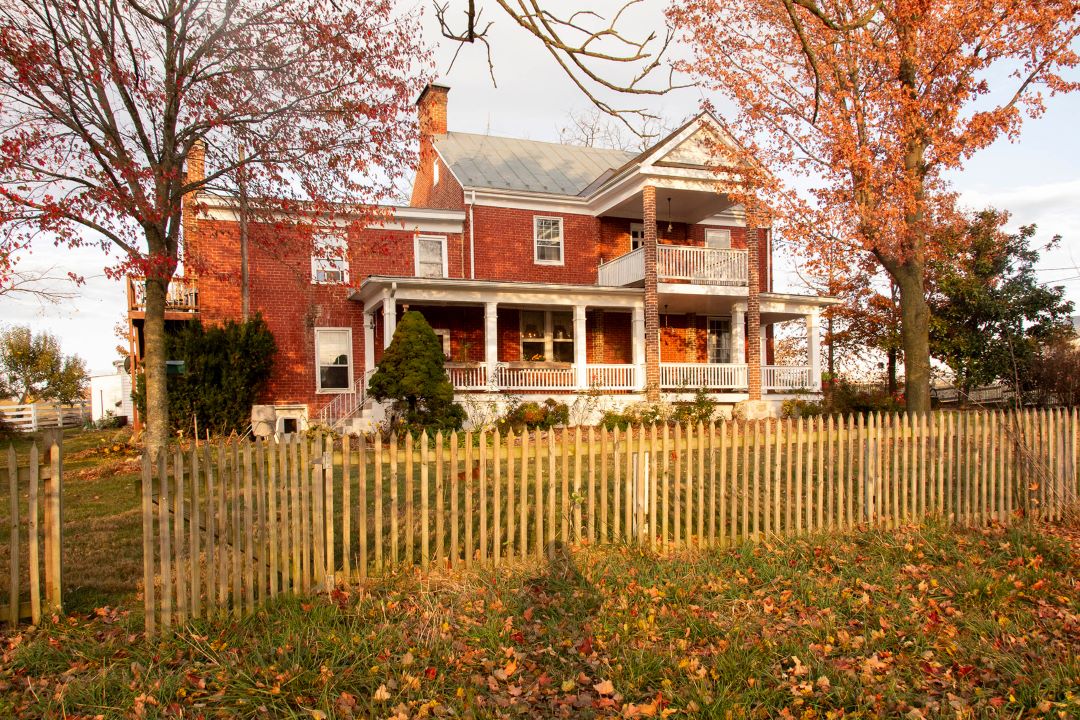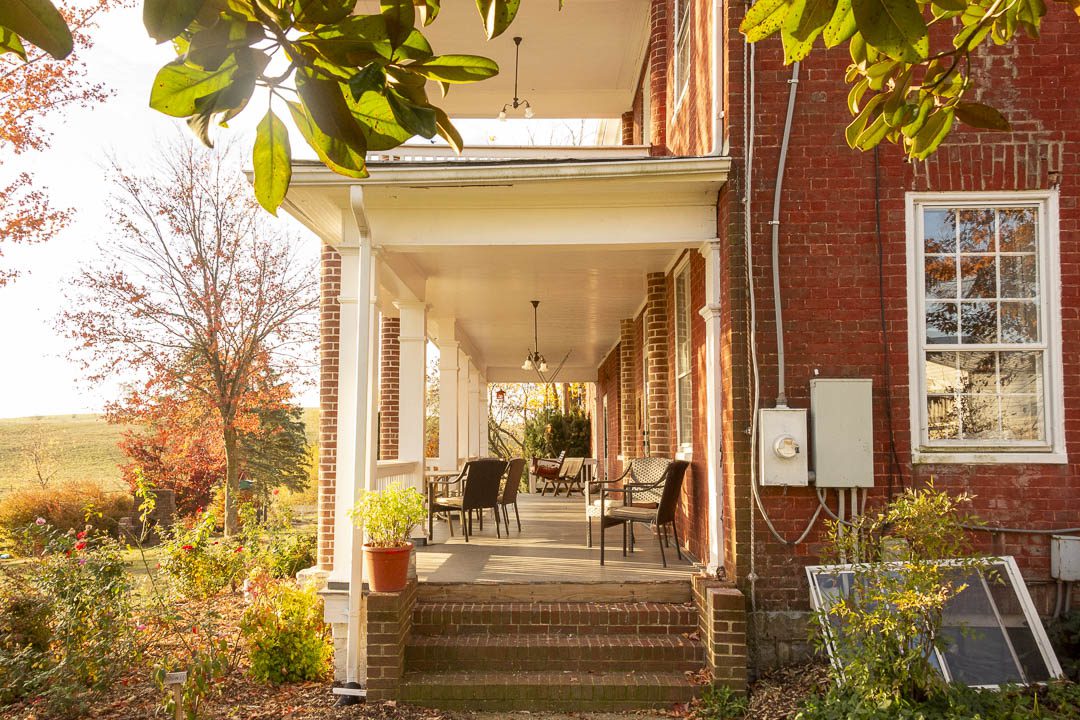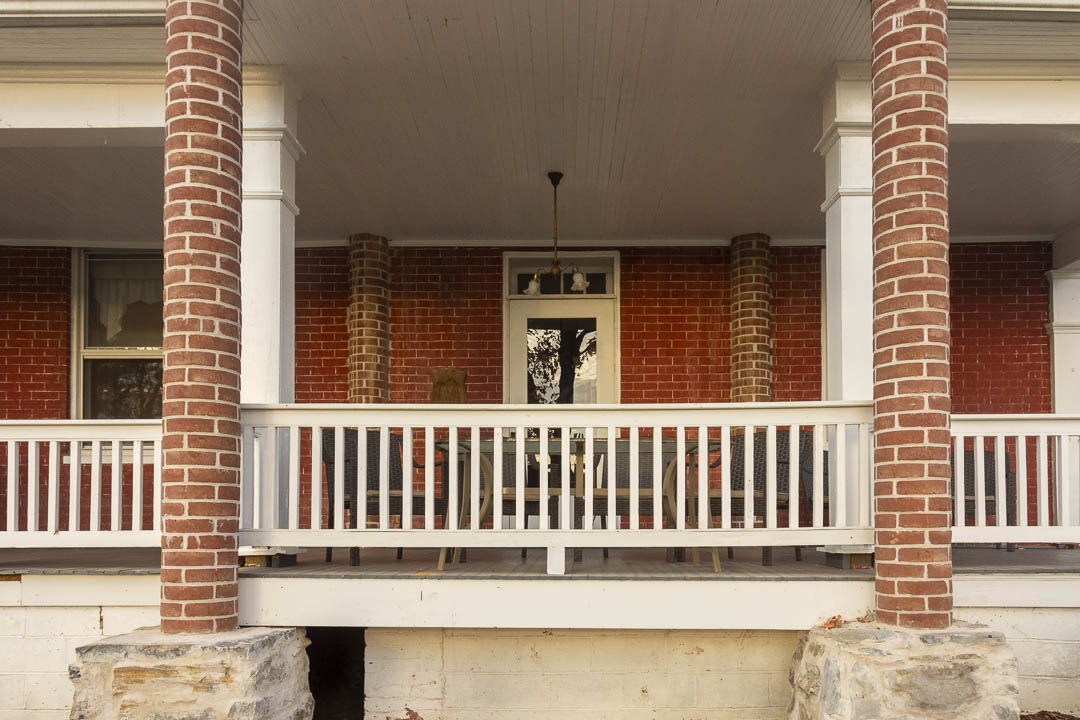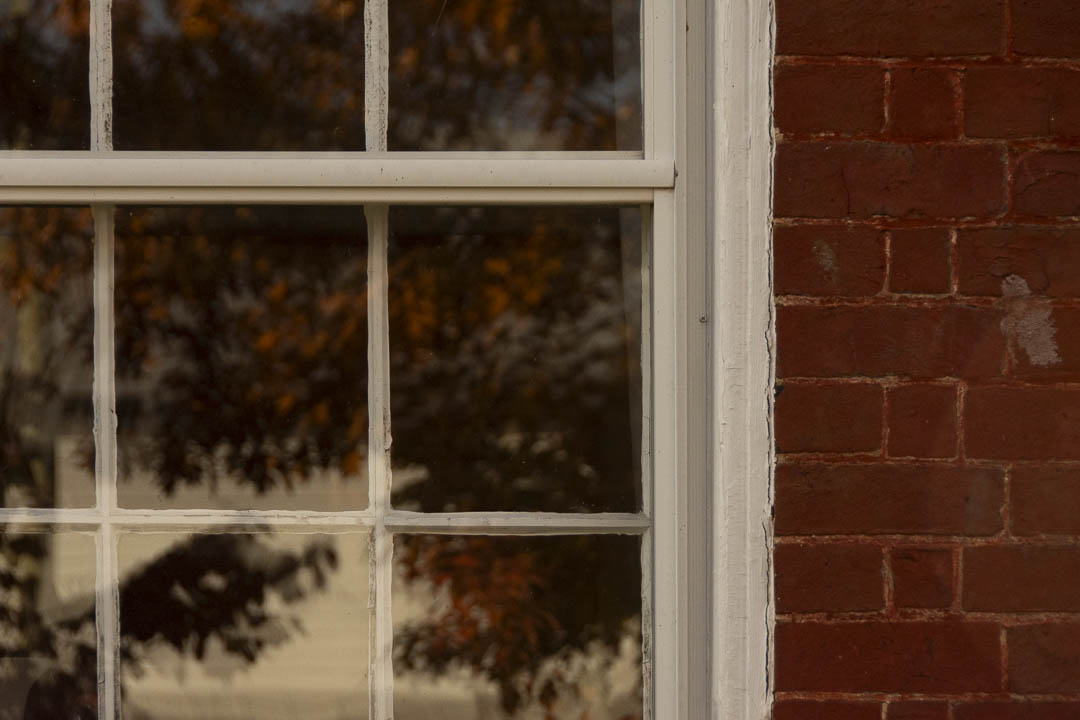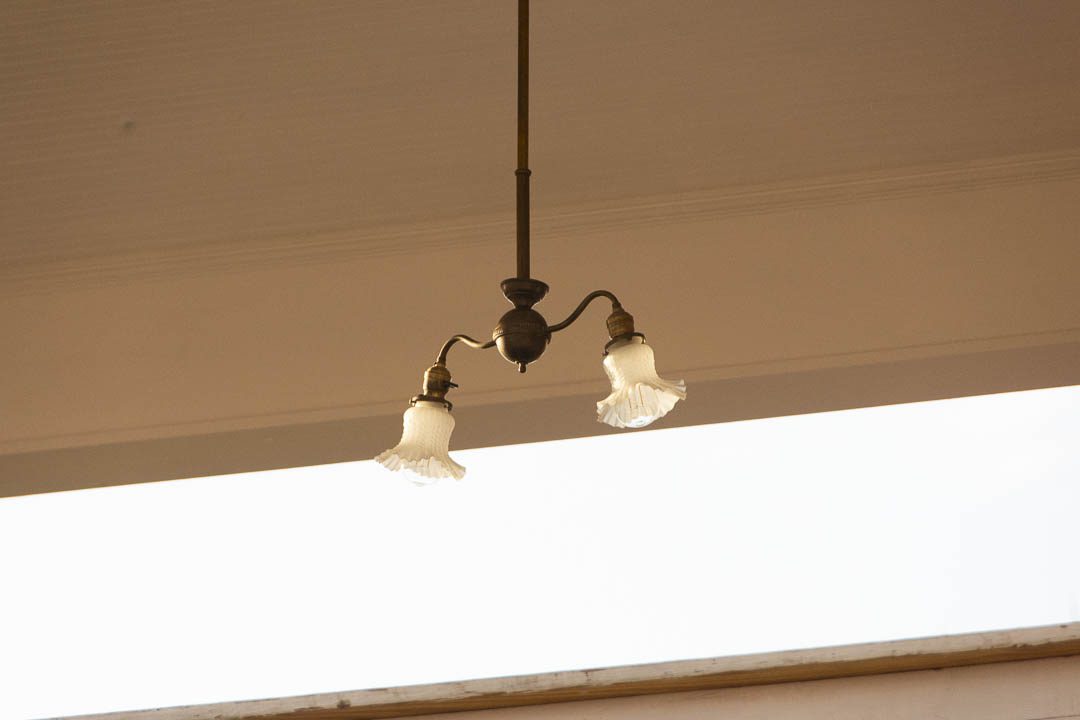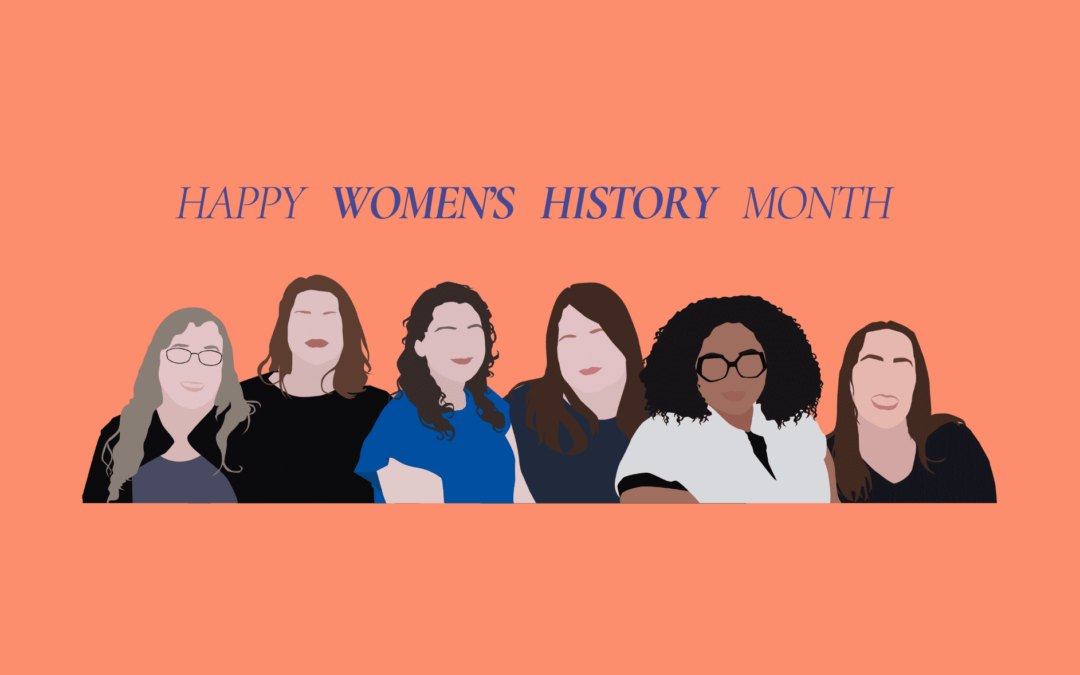
Women who’ve Changed the Architecture Game
By Designer, Aliyah D. White.
It’s Women’s History Month and we are celebrating the female pioneers in architecture! Very rarely in history are women given credit for being innovators and way-makers in male-dominated industries – the field of architecture is no exception. Throughout history, there have been so many innovative and groundbreaking women who faced discrimination, which continues today, but they persevered and changed the field of architecture for the better.

Here are ten historical women who have challenged the bounds of the architecture profession!
1. Marion Mahony Griffin (1871-1961)
Marion Mahony Griffin was the second woman to receive a degree from MIT’s School of Architecture when she graduated in 1894. After passing the Illinois licensure exam in 1898 she worked as the head designer in Frank Llyod Wright’s office for fourteen years and became well known for her skills in architectural rendering. Her unique and memorable drawing style set the brand identity for Frank Lloyd Wright’s practice. In 1911 Wright published a collection of fine-art lithographs drawn in Mahony’s signature style to give a consistent graphic identity to his work for European audiences. This set the stage for Wright’s practice to go increasingly global. This same year, she started her own practice, partnering with her husband on several hundred projects in the United States, Australia, and India.
2. Ethel Madison Bailey Carter Furman (1893-1976)
Ethel Madison Bailey Carter Furman was the first female African American architect to practice in Virginia. Her portfolio features over two hundred buildings designed during her career. She received her degree from the Chicago Technical Institute in 1946 and went on to design multiple homes, hotels, stores, and churches in Richmond, Virginia. She also designed two small churches in Liberia making her work go from local to international. Not only was Ethel an architect, but she was also an activist and advocate. She showed her dedication to her community through acts like helping to register Black voters in the 1960s and participating in housing policy seminars by the NAACP.
3. Amaza Lee Meredith (1895-1984)
Amaza Lee Meredith is lauded as a trailblazing Architect, Educator, and Artist. Despite being prohibited from receiving a professional architecture degree because of her race and sex, she found ways around societal restrictions and was one of a few, and possibly the only, openly-queer African American women practicing architecture in the U.S. Among her many accomplishments, such as founding and teaching at the Fine Arts Department at Virginia State University, her most well-known architectural work is perhaps “Azurest South.” In bold International Style, this home is considered to be ‘one of the most advanced residential designs in [Virginia] in its day’” (source). She is also remembered for “Azurest North”, a community in Sag Harbor, NY designed with sister Maude Terry. This community was designed to be a place of vacation for middle-class Black Americans, challenging the system of segregation and daily burden of discrimination by offering a space of pride and leisure. In 1994, “Azurest South” was recognized into the National Park Service National Register of Historic Properties, and “Azurest North” is now being considered for the State and National Registers of Historic Places.
4. Minnette de Silva (1918-1998)
Minnette de Silva is considered the pioneer of the modern architectural style in Sri Lanka. She was the first Sri Lankan woman to be trained as an architect and the first Asian woman to be elected an associate of the Royal Institute of British Architects in 1948. She was extremely well-traveled and formed friendly relationships with people like Pablo Picasso and Le Corbusier – a man many deemed the pioneer of modern architecture. Her work in modern projects focused on the inclusion of indigenous crafts, materials, and traditions, making her a visionary of critical regionalism, which she called “Modern Regionalist Architecture”. She was one of the first in the field to encourage what came to be known as “community architecture,” and actively involved the users of her buildings in the decision-making process.
5. Norma Merrick Sklarek (1926-2012)
Norma Merrick Sklarek has been deemed the “Rosa Parks of architecture”. She graduated with a degree in architecture from Columbia University in 1950 as one of only two women and the sole African American in her class. In 1985 she co-founded Siegel Sklarek Diamond which, at the time, was the largest woman-owned architectural firm in the United States. She served on multiple professional boards and committees, including the California State Board of Architectural Examiners, the AIA National Ethics Council, and the National Council of Architecture Registration Boards. She was also a lecturer, mentoring students at the University of California, University of Southern California, Howard University, and Columbia University over the span of her career.
6. Zaha Hadid (1950-2016)
Zaha Hadid was an Iraqi-British architect whose aggressively geometric designs were characterized by a sense of fragmentation, instability, and wonder. This hero is not quite unsung, as her work crossed the bounds of the sculptural and the architectural, making her intense experimental work very well known. She received numerous prestigious awards over the course of her career, including the 2004 Pritzker Architecture Prize, the 2010 and 2011 Stirling Prize, and the 2015 RIBA Gold Medal – of which she was the first woman to win. In 1979 she founded Zaha Hadid Architects and was a professor at many universities including Yale, Harvard, Columbia, and the University of Applied Arts in Vienna.
7. Billie Tsien (1949)
Billie Tsien is an architect and co-founder of Tod Williams Billie Tsien Architects | Partners, a firm who focuses on “organizations and people that value issues of aspiration and meaning” such as schools, museums, and nonprofits. She earned a Bachelor of Fine Arts degree from Yale University and a Master of Architecture degree from the University of California, Los Angeles, and is currently the Charles Gwathmey Professor in Practice at Yale University. She contributes to many cultural institutions including the American Academy of Arts and Letters, where she serves as president, the Architectural League of New York, the National Academy of Design, and the American Philosophical Society.
8. Maya Lin (1959)
Maya Lin is an architect and sculptor interested in environmental themes who is best known for her design of the Vietnam Veterans Memorial in Washington, D.C. She studied at Yale and received her bachelor’s 1981 and a Master of Architecture degree in 1986. It was during her senior year at Yale that she submitted the winning design in a national competition for the Vietnam Veterans Memorial to be built in Washington, D.C. In 2016, she was awarded the Presidential Medal of Freedom for her career in both art and architecture, and for creating a sacred place of healing in our nation’s capital. Her art and her architectural designs continue to challenge the boundaries of science, art, and architecture to find where they can intertwine and create something beautiful.
9. Jeanne Gang (1964)
Jeanne Gang is the founding partner of Studio Gang and a leading architect of her generation who is well known for her innovative designs that promote environmental and ecological sustainability. She earned a bachelor’s degree in architecture from the University of Illinois at Urbana-Champaign in 1986 and a master’s degree in architecture in 1993 from Harvard University before becoming employed as a project architect and lead designer at Dutch architect Rem Koolhaas’s Office for Metropolitan Architecture (OMA) in Rotterdam, Netherlands. She has challenged the status quo in professional practice by closing the gender wage gap in her company and has encouraged her colleagues to follow suit.
10. Julie Gamolina (1991)
Julie Gamolina (1991) is an architect, writer, and educator, known for her contributions to promoting the visibility and advancement of women in architecture through the digital magazine and media start-up, Madame Architect, which she founded and is Editor-in-Chief. She received her Bachelor of Architecture at Cornell University and was awarded the Charles Goodwin Sands Memorial Medal for exceptional merit in the thesis of architecture. She has lectured at schools like Harvard University, Columbia University, Yale University, Pratt, and many more. She currently works as an Associate Principal at Ennead Architects and a Visiting Assistant Professor at Pratt Institute.
And also, the woman architects and designers of our very own team!
Read more about us here.

Adrienne Stronge (left) is a partner in the Charlottesville office, leads our multi-family project division and is our go-to for ADA compliance questions.
Deborah Smith (right) is a partner who runs the Harrisonburg office and is the go-to for building code compliance questions.


Aimee Lawson (left) and Aliyah White (right) are designers who aid the partners in design and drafting construction documents in the Harrisonburg and Charlottesville offices respectively.


Carla Gaines (left) and Asha Beck (right) are the office managers in our Charlottesville and Harrisonburg offices respectively. Asha also serves as our marketing team leader.

There are a plethora of lessons that can be learned from the lives and careers of these women. Their stories of success and perseverance inspire many women today – who currently only make up about 23% of the industry in America. Women in architecture deserve recognition for their influence over the development of the industry and we plan to continue being a firm that adds to that encouragement and acknowledgement! Happy Women’s History Month!






